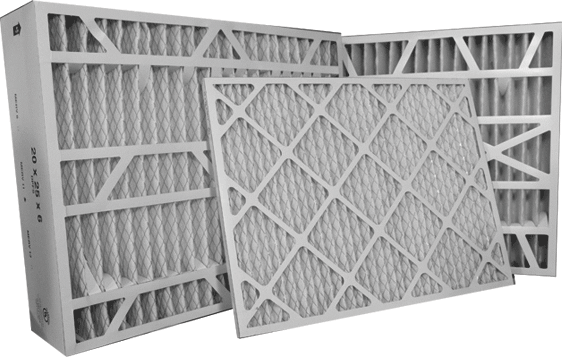


The principle is pretty much the same, the lower the number, the fewer different shades of grey the resulting image will have. We saw that the number of colors can cause some issues in coloured images, so we'll take another look at this setting, but this time in a greyscale image.Īs a greyscale image doesn't have colours, we'll have to interpret the setting as 'Number of values' this time. Keep this in mind when reading some of the values I suggested for the filter, results might vary depending on how big of a picture you are trying to apply the filter.
ARTCLIP FURANCE FILTER FULL
The result would now not look like a nice thick line, but like a dot.Īs illustration of this point I did just that - I applied the same artistic filter to three variants of the same photo, one at full scale, one at half scale and one at one fourth scale.Īs you can see, the result images look very different. Now imagine we scaled this image down to a 4th of its size before applying the very same artistic filter to it - the contrast edge would now only be 10 pixels long, yet we would still apply a line of 10 pixels thickness to it. Imagine that we have an image that has a contrast edge that is exactly 40 pixels long, and we decide to use the artistic filter with a line thickness of 10 - the filter would trace this contrast edge, and give us a nice thick line of length 40 and width 10 pixels. The consequence of this however isn't immediately apparent to us humans if we don't stop to think about what that means. It is important to note that the artistic filter processes everything about the image on a pixel level (obviously). The changing colour artifact - explanation So, why is that? The answer is interesting enough that I'll give it a section of it's own (which you can skip if you aren't interested in the technical explanation behind this phenomenon though). There is however another artifact which is a bit harder to understand and less desirable, and that is that the colours themselves become more saturated at low values for this setting. One obvious artifact (or behaviour) of the setting is sever color banding, which you can best see in the gradient circles: instead of a smooth blending of colours, there are sudden jumps between colour values - which is exactly what we are going for. However, there are some severe artifacts associated with low values of this setting, which incidentally also happen to be the values which many of use are trying to use to emulate the toner look found in printed comics and manga. Number of colors, as the name suggests, determines how many colours appear in the resulting image. Let's continue with various values for Line simplicity In the following examples I'll lower the line thickness to 40, as it has a nice balance between line count and readability. slightly blurred areas), while at lower values it only places lines at areas with extremely high contrast. At higher settings the filter is more forgiving of low contrast (e.g. So, why doesn't that happen? My guess: line thickness not only affects the thickness of the lines themselves, but also how the original image is sampled. Similarly the focused photo has more lines than the same image at a higher line thickness setting. What we would expect to see is to have as many lines in the image as for a higher value, just for them to be thinner. 10) for line thickness and take a lookĪt the blurred photo in my example sheet: no lines show up at all - but that's not what we'd expect to see. We can see this the best when we enter a low value (e.g. While the setting does indeed change the thickness of the lines as the name suggests, that's not all it does. Let's take a look at the first setting: line thickness.


 0 kommentar(er)
0 kommentar(er)
